This is an important foundation to improve human resource quality, promote innovation and integrate deeper into the global knowledge network.
Many universities are in a difficult situation.
The Ho Chi Minh City People's Committee is submitting a plan to comprehensively reorganize public service units, including the education and training sector. At the university level, the plan proposes to maintain Pham Ngoc Thach University of Medicine and Thu Dau Mot University, and at the same time reorganize Saigon University on the basis of merging Ba Ria - Vung Tau Pedagogical College, due to similarities in pedagogical training.
In early 2024, news that Dong Nai University had sent a report to the Provincial People's Committee regarding the risk of 34 lecturers being unable to find employment caused a stir in public opinion.
According to initial reports, many of the school’s training majors are in a “frozen” state, with low enrollment or no students, such as History Education, Physics Education, Chemistry Education, Environmental Science , and Land Management. In particular, four pedagogical majors have stopped enrolling students due to the lack of demand for teacher training in the locality, while two other majors lack lecturers with doctoral degrees.
Although Dong Nai University later withdrew the document to review and complete the report, this incident, according to many education experts, clearly reflected the reality: the model of small, single-level local universities is revealing major limitations. Not only Dong Nai, similar difficulties also occurred at Quang Binh University and Quang Nam University.
At Quang Binh University, in early 2024, hundreds of lecturers were owed salaries for many months because the school did not have enough financial resources to pay. At its peak, the school had up to 10,000 students, but then it dropped to only about 1,000. In the 2023-2024 school year, the school only had more than 300 new students enrolled. “The school’s main source of income is tuition fees from non-pedagogical majors, but currently there are almost no students in these majors. Meanwhile, the number of staff and lecturers recruited when the school still had a large number of students remains the same, causing the salary fund to far exceed the ability to pay,” the school leader shared.
Similarly, Quang Nam University has also faced a series of difficulties in its operations. Training majors such as Biology, Literature, Physics, and History have been "empty" of candidates for many years. In 2024, enrollment has shown more positive signs, but the number is still modest compared to the general level of a university. Specifically, the regular system recruited 778 students, reaching 110% of the assigned target. However, not meeting the target for many consecutive years has directly affected the regular operations of the school, especially the financial resources for teaching, research and development of facilities.
According to the three public reports, the total revenue of Quang Nam University from 2020 to 2022 only fluctuated around 36 - 39 billion VND/year, by 2024 it was about 47.2 billion VND, of which the State budget accounted for the majority. The decline in revenue has slowed down the roadmap for university autonomy - an important goal in the development strategy of public universities.
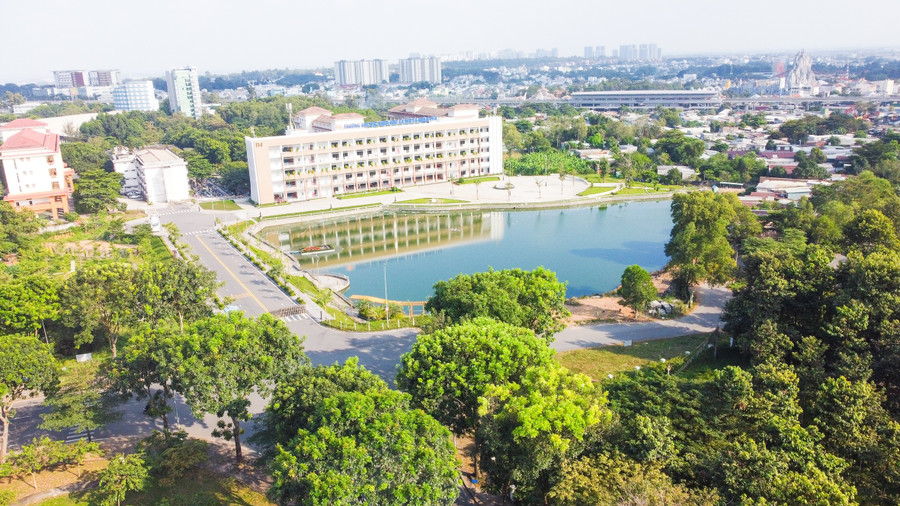
Fragmented structure, dispersed resources
According to statistics from the Ministry of Education and Training, the country currently has 244 higher education institutions, of which 172 are public schools. After ministries, branches and localities merged and consolidated, many public universities also changed their governing bodies.
According to Decision No. 1723/QD-TTg dated August 12, 2025 of the Prime Minister, the Ministry of Education and Training currently manages 40 higher education institutions, including 2 national universities and 3 regional universities. The remaining schools are under the ministries, branches or provincial and municipal People's Committees. Some ministries with a large number of universities (9-10 schools) are the Ministry of Health, the Ministry of Industry and Trade, the Ministry of Culture, Sports and Tourism. Meanwhile, Ho Chi Minh City is the locality with the most universities under the provincial People's Committees with 3 schools: Saigon University, Thu Dau Mot University and Pham Ngoc Thach University of Medicine.
Although the number of training institutions is quite large, many experts believe that this network lacks coordination and overall planning, leading to a situation of "crowded but weak." Local schools, mostly under the provincial People's Committee, are often small in scale, primarily tasked with training personnel for local needs. When the local economic structure changes and the demand for new personnel no longer aligns with the traditional strengths of pedagogy, these schools are slow to adapt, failing to open new majors or upgrade their teaching staff to meet standards.
In early 2025, the Prime Minister issued Decision No. 452/QD-TTg approving the "Planning for the network of higher education and pedagogical institutions for the period 2021 - 2030, with a vision to 2050". The report of the Ministry of Education and Training when developing this project showed that there were 26 local higher education institutions that had not significantly improved their training scale for many years, had difficulty recruiting students, and were operating ineffectively.
Overall, Vietnamese higher education institutions are distributed across all regions, but there are significant disparities in density and size. Universities are mainly concentrated in economically developed regions, particularly the Red River Delta, which accounts for over 44% of the total number of universities nationwide, followed by the Southeast region with 18.4%. Conversely, the Central Highlands has the lowest percentage, at only about 1.6%.
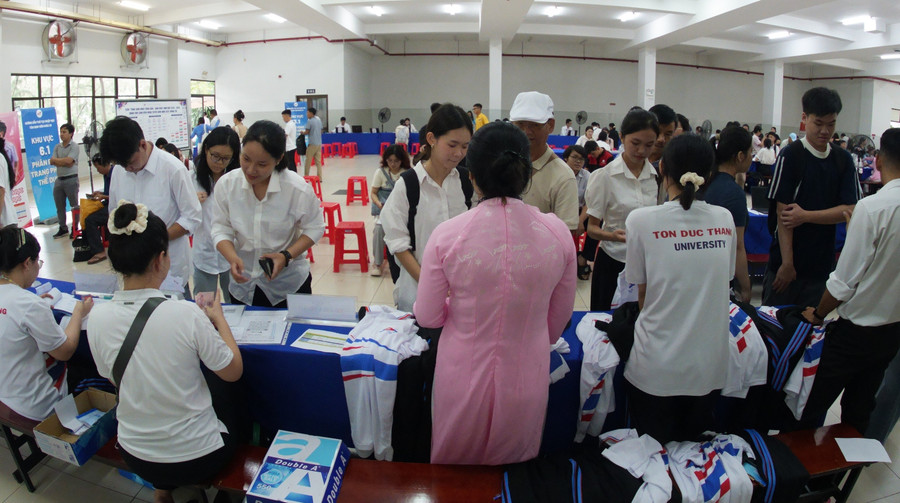
Restructuring is inevitable.
According to education experts, restructuring the public university system is an inevitable trend in the current context.
Dr. Le Dong Phuong, former Director of the Center for Higher Education Research (Vietnam Academy of Educational Sciences), believes that the restructuring of the higher education system is not just about organizational mergers, but more fundamentally, a comprehensive reform of management thinking and the mission of education.
From a management perspective, this is both a way for management at all levels to perceive the structural changes in the system and a process of schools reorganizing their staff and faculty within the framework of the newly formed units after the merger. More importantly, it is an adjustment in thinking about management and operation, moving towards a lean model that adapts flexibly to societal changes – something that is not easy when having to overcome old habits and long-standing patterns.
According to Dr. Phuong, for restructuring to become a strategic shift in Vietnam’s higher education, there needs to be a comprehensive roadmap, a long-term vision, and specific implementation steps. This process requires careful study of the system’s development history, reference to international experience, and selection of appropriate approaches to Vietnam’s reality. All activities need to be carried out in a spirit of cooperation, avoiding arbitrary imposition. Policy communication work must also be implemented early to create consensus in society.
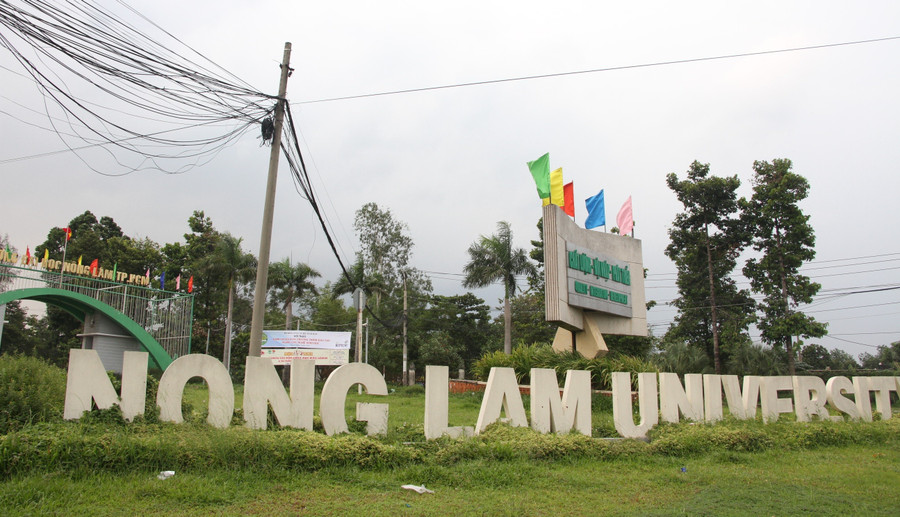
Restructuring should not stop at merging or consolidating, but should go further - forming university systems consisting of schools with the same orientation and capacity, located in many different locations. This approach helps create a common ground in training quality while still maintaining the unique identity of each unit.
After restructuring, institutions need to be supported in terms of administrative, academic and financial capacity, as well as policies to encourage basic scientific research and support learners. Only then will the restructuring policy truly become a driving force for innovation in the administrative model and improvement of training and research quality in Vietnamese higher education.
Dr. Hoang Ngoc Vinh - former Director of the Department of Vocational Education (Ministry of Education and Training) also said that restructuring the current university education system is no longer a choice, but a mandatory requirement. The network of training facilities is fragmented and unreasonably distributed: some places are densely concentrated, while others are almost "empty" of universities. According to Mr. Vinh, the restructuring policy needs to solve three major bottlenecks: overcoming waste of resources; reallocating occupations and training scale appropriately; and at the same time improving the quality synchronously to achieve the goal of Resolution 71-NQ/TW on developing high-quality human resources.
"If we consider restructuring merely a temporary measure, we will have to do it again in a few years. International experience shows that restructuring is only successful when it is linked to a long-term vision and strategic investment," emphasized the former Director of the Department of Vocational Education (Ministry of Education and Training).
Many other education experts also proposed key solutions in the process of restructuring the university system. First of all, it is necessary to merge, consolidate or change the model for ineffective schools. Small-scale facilities with low enrollment for many years or no longer suitable for local human resource needs should be considered for merger into regional universities or other schools.
Along with that, the university education system needs to be clearly stratified and have specific development orientations. Each group of schools - from research universities, applied universities to high-quality vocational training institutions - needs to have its own goals, tasks and assessment criteria.
“Another important requirement is to increase autonomy along with accountability. Schools must be granted real autonomy in financial, human resource and academic management, while being transparent in their operations and taking clear responsibility for training results, scientific research and the use of public budgets,” said a university education expert.
China is a typical example because their political and economic context has many similarities with Vietnam. Initially, China also faced countless challenges such as internal resistance, academic cultural differences, financial constraints, etc. However, thanks to strong political will and large-scale investment projects, China has formed prestigious universities such as Zhejiang University and Jilin University. Their university system has become a force that directly contributes to the strength of science and technology, helping China rise to the position of one of the world's leading economies. - Dr. Hoang Ngoc Vinh
Source: https://giaoducthoidai.vn/tai-cau-truc-truong-dai-hoc-cong-lap-buoc-di-chien-luoc-cho-doi-moi-giao-duc-post753941.html







![[Photo] Prime Minister Pham Minh Chinh holds a phone call with the CEO of Russia's Rosatom Corporation.](/_next/image?url=https%3A%2F%2Fvphoto.vietnam.vn%2Fthumb%2F1200x675%2Fvietnam%2Fresource%2FIMAGE%2F2025%2F12%2F11%2F1765464552365_dsc-5295-jpg.webp&w=3840&q=75)
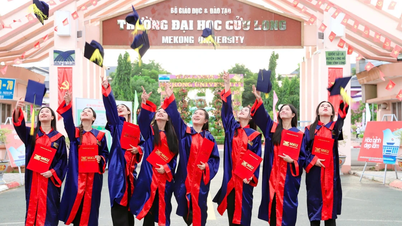


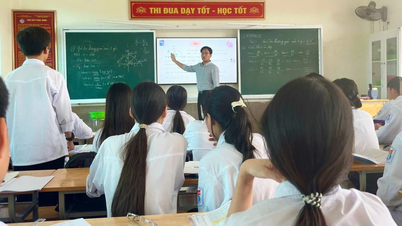



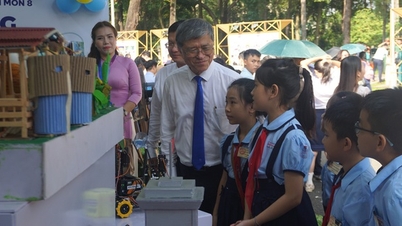



















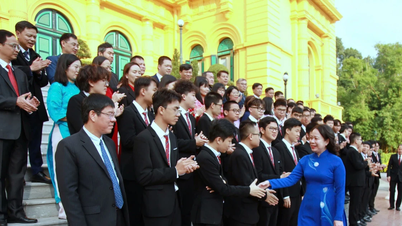











































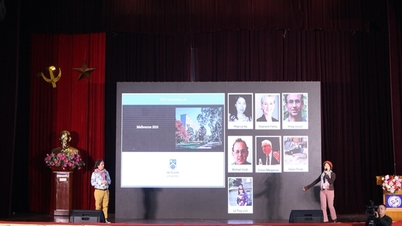































Comment (0)